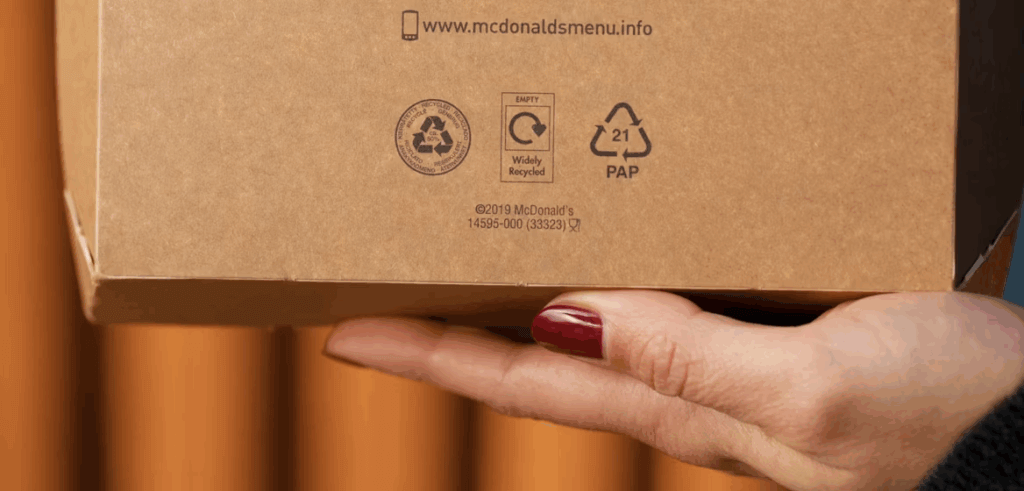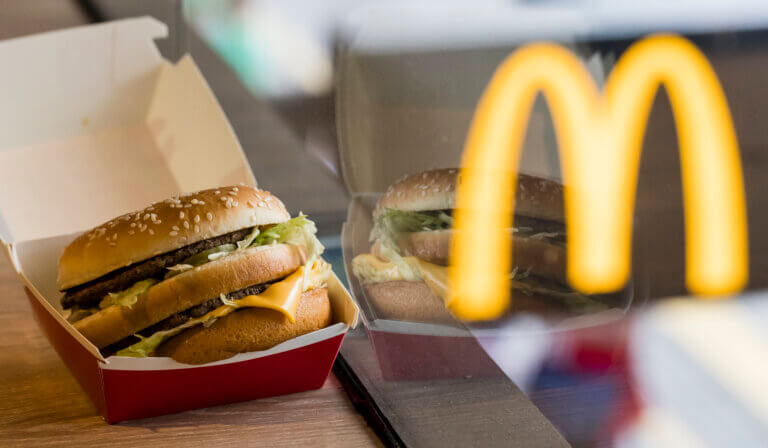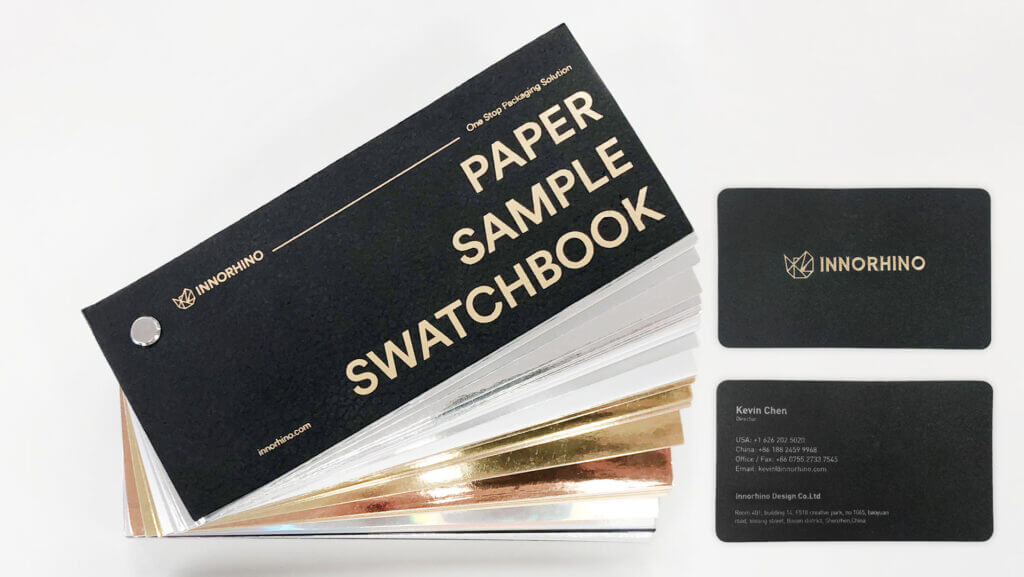- Introduction: A Subtle Shift with Big Implications
- From Boxes to Wraps: What’s Actually Changing?
- Why It Matters: A Shift in Sustainability and Consumer Values
- Observed Market Impacts
- The Bigger Picture: Packaging as a Cultural Touchpoint
- Key Takeaways for Brands & Designers
- Conclusion: Small Change, Big Statement
- FAQ: McDonald’s Sustainable Packaging Shift
Introduction: A Subtle Shift with Big Implications
Fast food packaging is changing—and not with a bang, but with a quiet fold.
Earlier this year, McDonald’s introduced a new paper-based burger wrap that replaces the classic cardboard clamshell box in select markets. On the surface, it seems like a minimal adjustment. But dig deeper, and it reflects a powerful shift in packaging culture—one that touches on sustainability, design philosophy, material science, and evolving consumer values.
This blog explores how a single sheet of paper is reshaping conversations around fast food, waste reduction, and design innovation—offering lessons for brands, designers, and sustainability leaders alike.
From Boxes to Wraps: What’s Actually Changing?

Traditionally, fast food packaging emphasized bulk, structure, and bold branding. McDonald’s iconic burger box embodied that approach—a recognizable container that doubled as a brand billboard.
Now, that box is being replaced by a flexible sheet of coated paper. The difference is both visual and tactile: cleaner, lighter, and far simpler.
But this simplicity signals much more than aesthetics. It reflects a new set of packaging priorities:
- Less material, more meaning
- Eco-efficiency over visual excess
- Design that prioritizes the planet
Why It Matters: A Shift in Sustainability and Consumer Values
1. Minimalism as a Brand Statement
Today’s consumers are drawn to authentic, responsible choices. Where packaging once needed to “scream” for attention, quiet confidence now carries weight.
By eliminating the box, McDonald’s sends a subtle message:
“We care enough to use less.”
Instead of loud green marketing campaigns, this move demonstrates sustainability through action—a shift that feels more authentic to modern consumers.
2. Material Innovation Under the Surface
This redesign is also a story of material science progress.
In the past, paper wraps often relied on plastic laminates for oil resistance, which complicated recycling. McDonald’s new wrap replaces this with starch-based or silicone coatings, offering three key benefits:
- Enhanced recyclability
- Reduced plastic waste
- Maintained performance for heat, oil, and handling
It’s a reminder that true innovation isn’t always visible—but it’s deeply impactful.
3. Redefining Value Through Reduction
For decades, consumers viewed burger boxes as a marker of quality. But today, in an era where waste equals poor design, many see less as more.
McDonald’s isn’t downgrading the experience—it’s modernizing it to align with eco-conscious expectations.
Observed Market Impacts
| Dimension | Impact |
| Environmental Footprint | Material usage reduced by over 50%; estimated savings of 10,000+ trees annually; elimination of plastic lamination. |
| Consumer Experience | Easier disposal, lighter feel, aligned with personal sustainability goals. |
| Brand Perception | Seen as forward-thinking, responsible, and authentic—avoiding greenwashing. |
The Bigger Picture: Packaging as a Cultural Touchpoint

This isn’t just about McDonald’s—it’s part of a larger movement in QSR (Quick Service Restaurants) and CPG (Consumer Packaged Goods).
Brands are rethinking:
- What packaging says about them
- How consumers feel when interacting with their product
- How form, function, and ESG goals intersect
What makes McDonald’s move so powerful is its quiet execution. It doesn’t rely on marketing campaigns—it’s built into the customer experience.
In a world overloaded with slogans, actions speak loudest—especially when they’re subtle.
Key Takeaways for Brands & Designers
- Sustainability can be silent—let the product do the talking.
- Reduction isn’t regression—smart design delivers both function and meaning.
- Material transitions are the new battleground—science beats slogans.
- Design minimalism is here to stay—especially in packaging.
Conclusion: Small Change, Big Statement
With a single sheet of paper, McDonald’s has shown the industry that progress doesn’t always need to be flashy.
Thoughtful design, responsible material use, and a commitment to sustainability can create quiet revolutions—one burger at a time.
As brands look toward a future of eco-smart design, this case serves as a powerful reminder:
👉 Sometimes, the simplest choices leave the most lasting impact.
FAQ: McDonald’s Sustainable Packaging Shift
To reduce material usage, cut waste, and simplify recycling—aligning with global sustainability goals.
Yes. Thanks to starch-based or silicone coatings, the new wraps are easier to recycle compared to plastic-laminated papers.
No. The new wraps are designed to handle heat, oil, and consumer use without compromising product performance.
Yes. McDonald’s has broader goals to reduce single-use plastics and shift to renewable or recyclable packaging by 2025.
Early responses suggest consumers see this as a positive, responsible change—with less waste and an easier disposal process.








